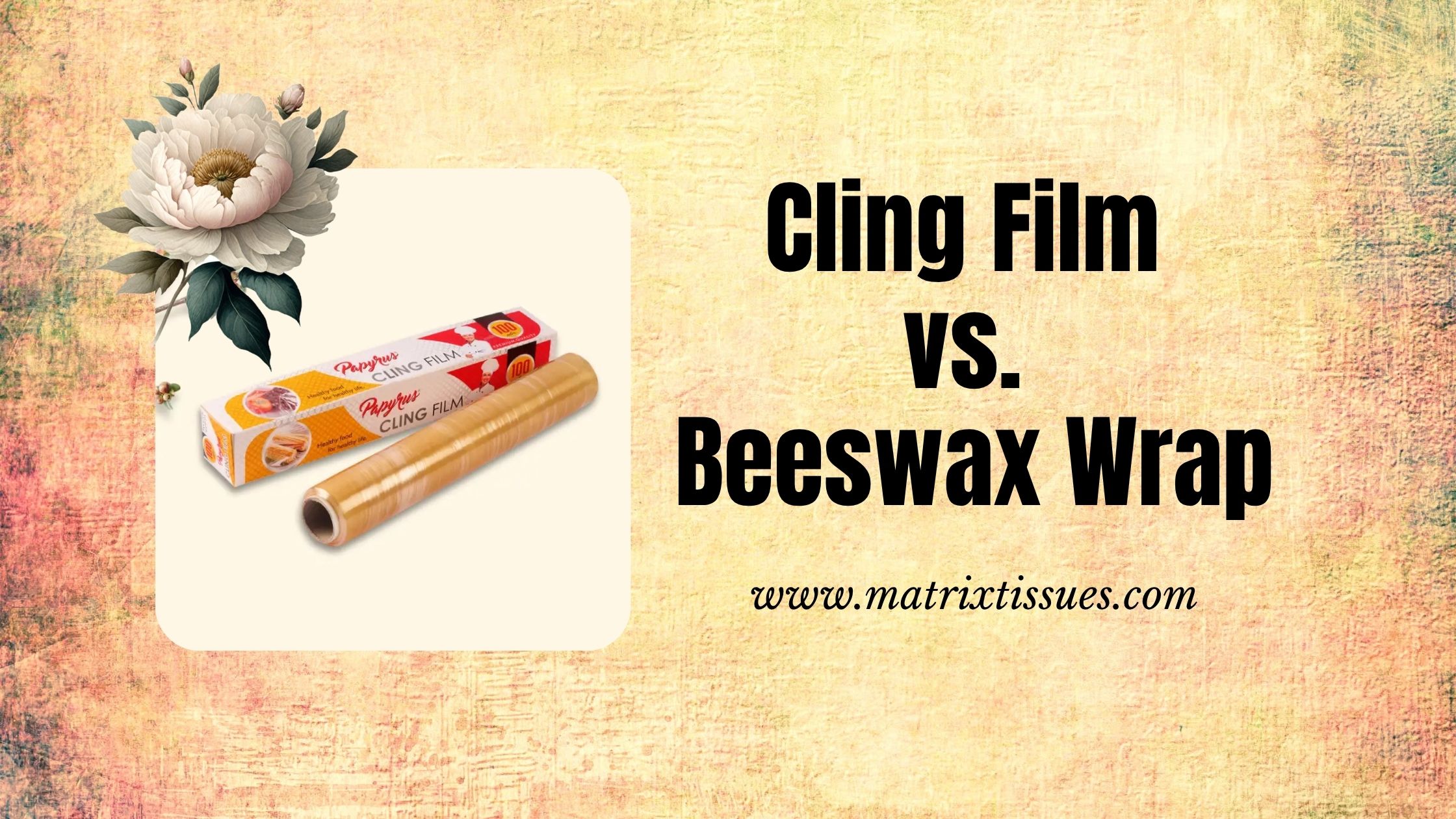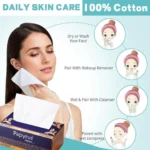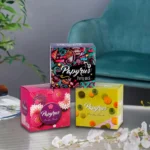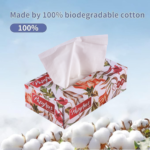In the current eco-conscious and health-oriented world, the way we store food is more important than ever. It’s no longer just convenience—it’s also about safety, sustainability, and lasting value. Of all the options out there, cling film and beeswax wrap have become two of the most popular food storage products. But with such vastly different properties, the question remains:
Which one is best for storing food?
As a leading tissue supplier and manufacturer of tissue, Matrix Tissue is not only interested in paper hygiene products—we look closely at trends that overlap with packaging, food safety, and sustainability. And when customers inquire about alternatives to plastic-based wrap, we provide experience-driven insight from kitchens, food businesses, and consumers.
This post demystifies the advantages and disadvantages of cling film and beeswax wraps, so you can make a more informed decision.
What is Cling Film?
Cling film (also referred to as plastic wrap) is a thin, pliable plastic film that is wrapped around food containers or wrapped around fresh fruits, vegetables, sandwiches, and leftovers. Cling film adheres well to glass, ceramic, and metal and provides a tight seal against air exposure.
Being a leading tissue supplier, we tend to find cling film widely available in the same kitchens where our kitchen rolls, paper napkins, and tissue dispensers can be found. Low cost and ease of use is why it enjoys such popularity. Convenience isn’t the only aspect, though.
Why People Use Cling Film:
- Preserves food from drying out by minimizing air exposure
- Extremely stretchy and sticks well to most surfaces
- Perfect for storing food for only a short period (particularly in the fridge)
- Low cost and readily available in supermarkets
Yet, being a tissue maker party to discussions regarding hygiene and environmental safety, we feel just as important to mention some issues.
What to Watch Out For:
- Cling film isn’t green. It’s constructed using petroleum-based plastics (PVC or LDPE), which aren’t biodegradable.
- It’s for single use, contributing to landfill and ocean plastic pollution.
- Microwaving food in cling film is not recommended, as toxic chemicals potentially transfer into your food.
- It’s readily torn and cannot be reused without jeopardizing hygiene.
In spite of these disadvantages, cling film continues to be extensively employed in commercial food environments because of its versatility and familiarity.
What is Beeswax Wrap?
Beeswax wraps are reusable cloth wraps (often cotton) covered with a combination of natural beeswax, resin, and plant oils. These wraps are able to be slightly heated with your hands in order to shape around food or containers, creating a breathable, semi-sealed barrier.
Over the past few years, organic stores and environmentally friendly homes have also embraced beeswax wraps as a more sustainable replacement for plastic. Although Matrix Tissue is still a tissue supplier, we now regularly advise cafes and wellness brands that are moving towards using biodegradable packaging materials, such as beeswax-based wraps.
Why People Are Switching to Beeswax Wraps:
- They‘re fully compostable and biodegradable
- Reusable for up to 6–12 months with good care
- Naturally antibacterial, reducing food spoilage
- Safe for room temperature and refrigerated foods
However, beeswax wraps do have some limitations, particularly for food service workers and bulk users.
Limitations to Take into Account:
- Unsuitable for raw meat, fish, or greasy foods
- It can’t be heated in the microwave or oven
- Requires gentle washing in cold water only
- More expensive to buy initially than cling film
Cling Film vs. Beeswax Wrap – What Works Where?
Let‘s examine some practical scenarios to assist you in deciding:
In Homes:
- Cling film is convenient for speedy wraps, such as topping a plate of leftovers or cut-in-half fruit.
- Beeswax wraps excel in everyday use, such as wrapping sandwiches, cheese, or baked goods.
In Food Businesses:
- Commercial kitchens continue to prefer cling film to rapidly and effectively wrap raw foods.
- Beeswax wraps are catching on in organic cafes, farm-to-table restaurants, and green movement health stores.
For School or Office Lunches:
- Beeswax wraps provide a fashionable, sustainable means of wrapping food, particularly if you’re reducing single-use plastics.
- Cling film is still on hand for temporary, disposable wraps, but it adds to waste.
What Does Matrix Tissue Suggest?
At Matrix Tissue, we provide professional kitchens, hotels, and retailers throughout India with high-quality tissue products, and we commonly observe both cling film and beeswax wrap used together, not in competition, but as complements.
That’s because both have something to offer
Use cling film for:
- High-risk foods (such as raw meat)
- Busy kitchens where speed is essential
- One-off wrapping jobs
Use beeswax wrap for:
- Sustainable living and zero-waste ambitions
- Dry or semi-damp foods
- Fashionable, reusable food storage
Where Tissues Come In
When choosing between cling film and beeswax wrap, don’t forget the unsung food hygiene heroes: tissues. As a top tissue manufacturer, Matrix Tissue highlights how kitchen towels, tissue rolls, and interfold napkins are all important in:
- Drying fruit before wrapping
- Wicking away surplus moisture from containers
- Keeping fragile items apart when stored
- Hygiene before and after food handling
Whether using beeswax wraps or cling film, an effective tissue product at hand enhances hygiene and minimizes the risk of contamination.
Final Thoughts
Cling film or beeswax wrap, then?
There‘s no single solution. It comes down to your requirements, priorities, and storage practices. For the green-minded, beeswax wraps are an intelligent, reusable option. For experts who prioritize speed and sealing strength, cling film is still a must-have.
At Matrix Tissue, we‘re not merely a tissue supplier or manufacturer of tissues—we‘re your allies in food safety, hygiene, and sustainable advancement. We‘re here to assist you in making intelligent decisions for your kitchen and the planet.








